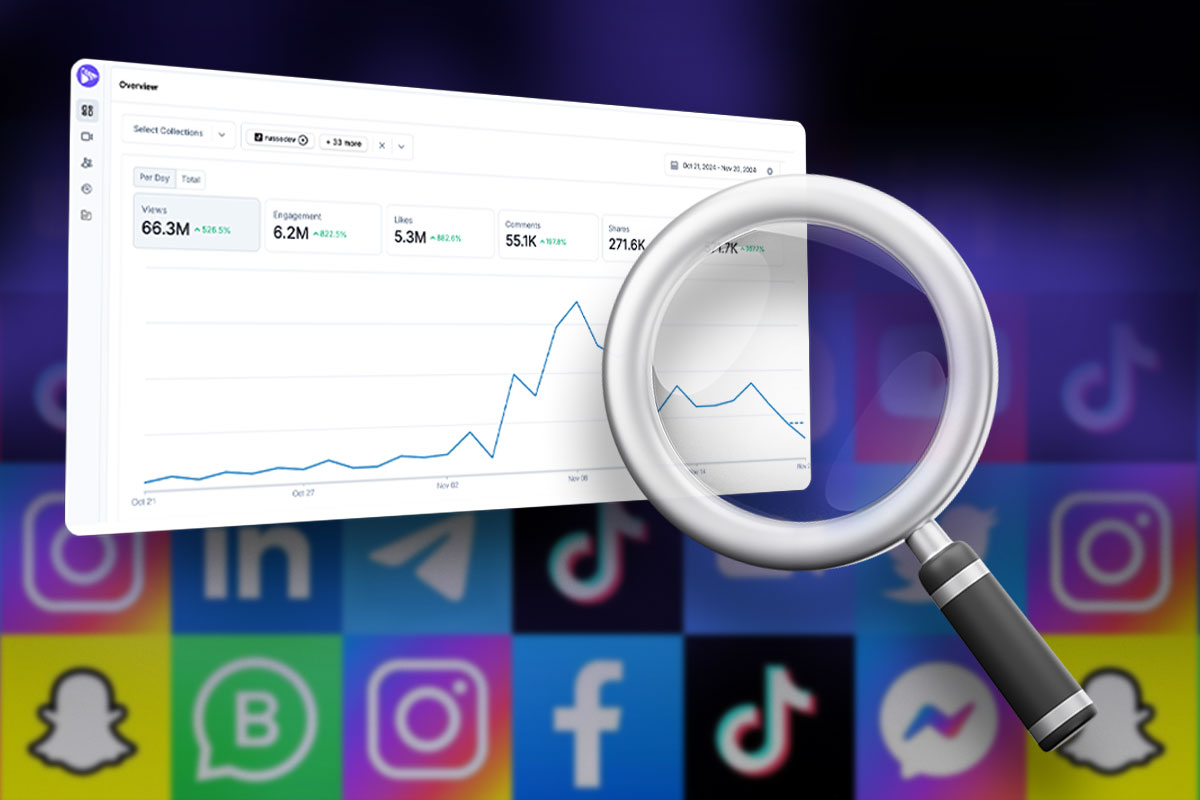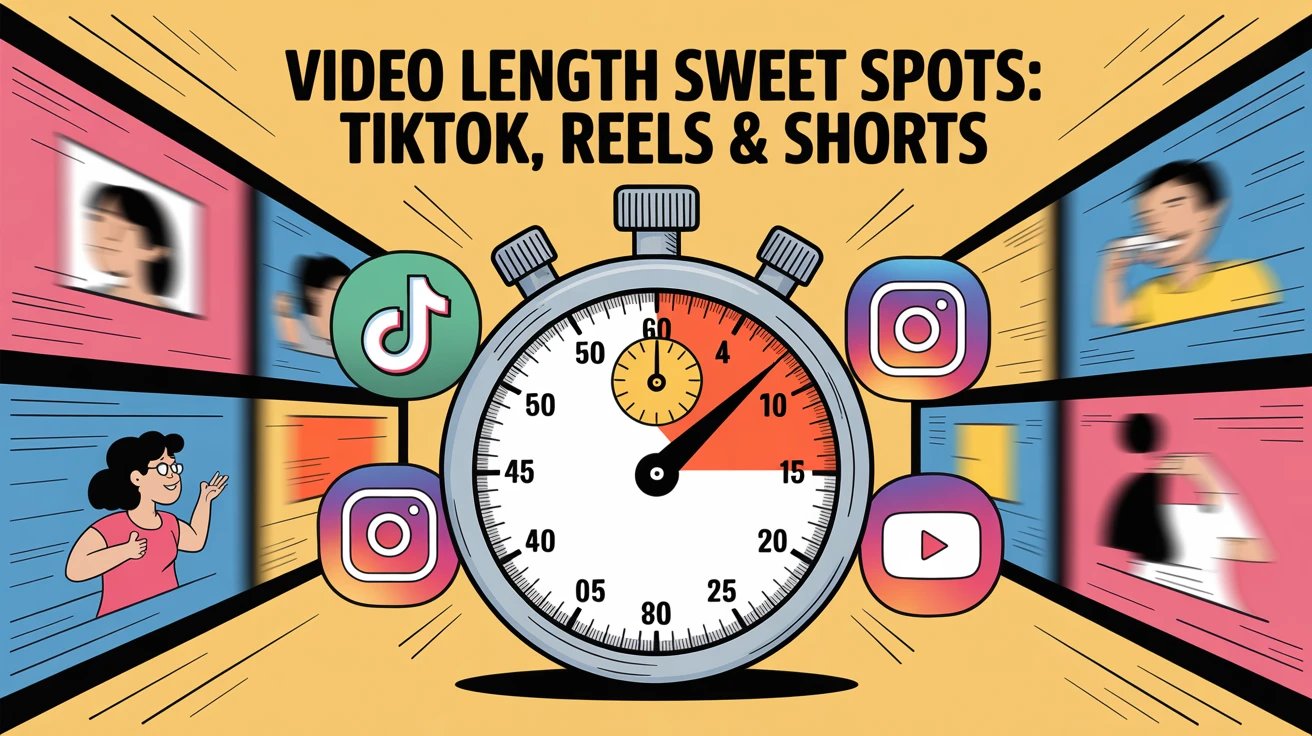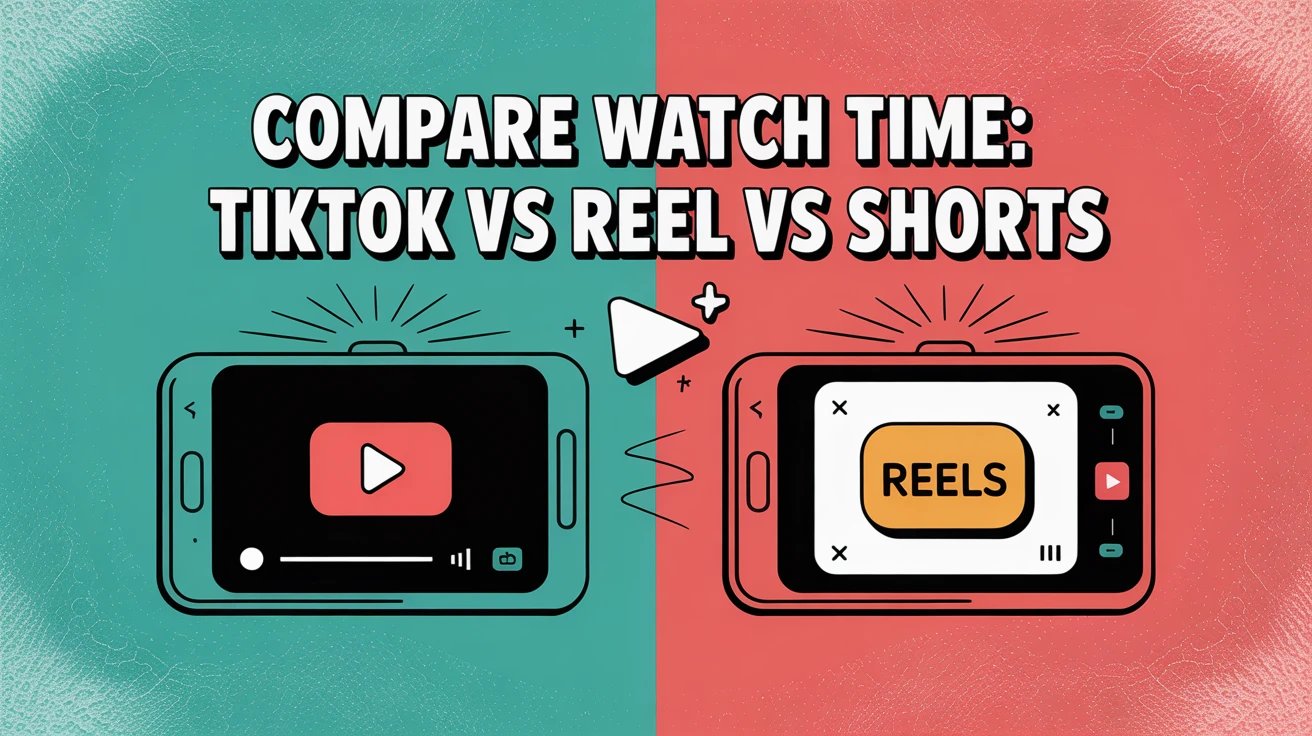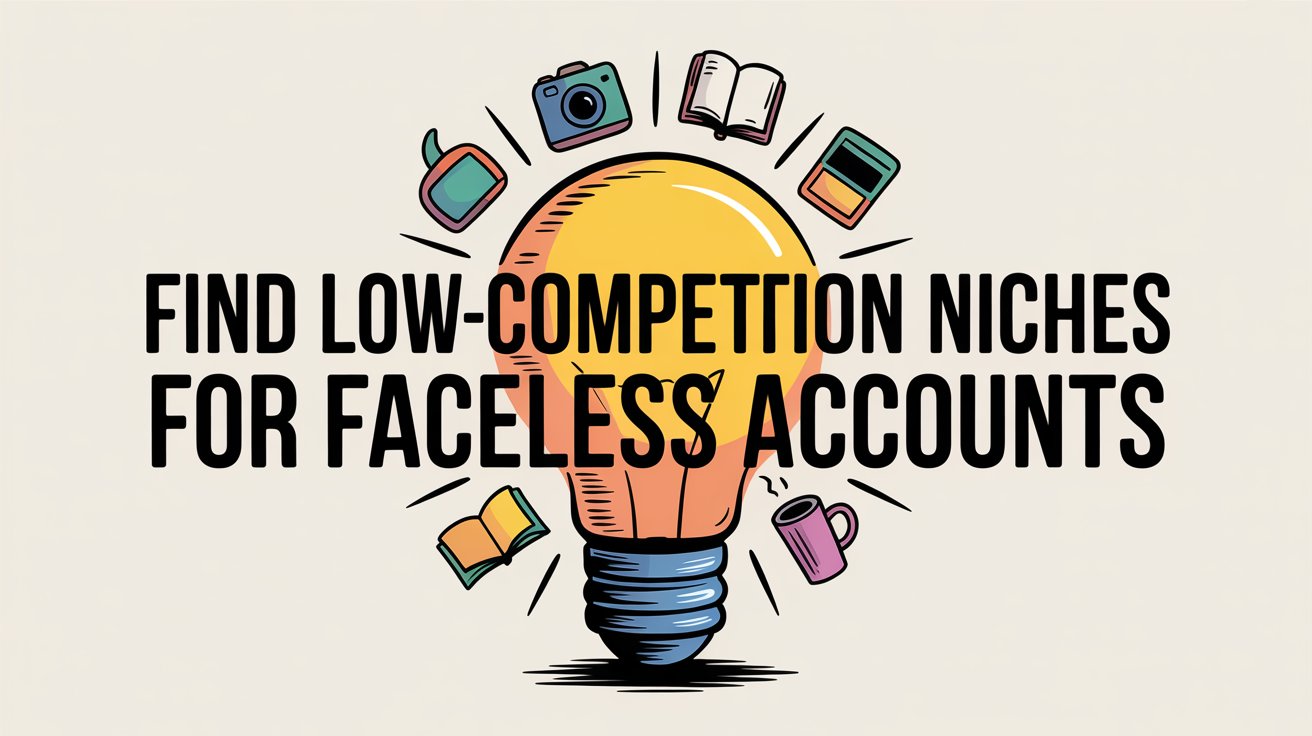You’ve spent weeks crafting a campaign. The creative team nailed the visuals. The copy is sharp. Your influencers are posting. Now comes the question: is any of it working?
That’s where social media monitoring comes in, not as an afterthought, but as a core business function.
Today, the brands that win are those that actively track not just their own social channels, but also what their competitors are doing, how their influencers are performing, and how audiences are engaging across platforms.
Understanding what is social media monitoring is more than just a checklist; it’s how smart businesses turn social data into decisions.
What is Social Media Monitoring?
Let’s break it down without the buzzwords. Social media monitoring is simply the practice of keeping an eye on all the moving parts of your brand’s social media accounts.
This includes your own accounts, your competitors’ channels, and even the influencers you work with.
Why? Because these digital spaces hold critical insights, like which posts are winning, who’s talking about you, and how your content stacks up against others in your space.
This monitoring involves collecting data from the platforms themselves, like Instagram, TikTok, LinkedIn, X (formerly Twitter), or using advanced tools like Shortimzie to track all the accounts simultaneously.
You track several things like trends, likes, engagement, shares, and much more, but not to observe passively, but to respond and adapt. It’s proactive brand intelligence, guiding campaign tweaks, PR decisions, influencer partnerships, and more.

Why Social Media Monitoring Matters More Than Ever
Social media moves faster than most teams can refresh their dashboards. One trending post, one influencer shoutout, or one competitor launch can change the narrative in an afternoon.
It’s how modern brands stay relevant, competitive, and ahead of problems before they spiral. Consumers don’t wait for surveys or feedback forms. They tweet, comment, and compare.
You’re missing a live stream of opportunities and warnings if you’re not actively monitoring what’s happening across the social sphere, including your competitors and partners.
The New Front line of Customer Experience
Customers expect brands to instantly respond to inquiries or complaints on platforms like Twitter or Instagram.
Miss that window, and you risk public fallout. Social media monitoring programs allow brands to meet customers where they are in the moment.
Protecting Brand Reputation
A viral comment or misunderstood post can spiral into a crisis in hours. Monitoring helps brands intercept and address issues before they grow out of control, making it a cornerstone of modern PR and reputation management.
Richer Competitive Intelligence
Through competitor social tracking, you can uncover gaps in competitor service, capitalize on customer frustrations, and even discover new feature ideas.
The best monitoring programs don’t just track themselves; they track the entire industry.
Strategy Backed by Real Data
Gone are the days of gut decisions. Monitoring ties into your broader social media analytics tools, feeding performance data and sentiment insights into campaign planning, product roadmaps, and executive strategy.
Key Components of a Social Media Monitoring Program
Creating a high-performing social media monitoring program starts with structure. Here’s a breakdown of what your program needs:
Define Clear Objectives
Start with why. Are you looking to improve customer support? Benchmark competitors? Gather sentiment around product launches? Each objective influences how you collect, analyze, and respond to data.
Identify Relevant Keywords & Phrases
Use branded keywords, competitor names, product slang, common misspellings, campaign tags, and industry terms. Consider including emotional or intent-driven phrases like “hate this feature” or “love this update.”
Choose the Right Platforms
Don’t assume your audience is only on Twitter. B2B audiences might be more active on Reddit and LinkedIn, while younger consumers often engage on TikTok or Instagram. Tailor your monitoring to your market.
Set Up Automated Alerts
Use automated social tracking to flag high-priority content. Set alerts for sudden spikes in mentions, keywords associated with negativity, or when influencers engage with your brand.
Segment Data Smartly
Categorize mentions by customer journey stage, geography, sentiment, product category, and content type. Smart segmentation improves reporting accuracy and response prioritization.
Social Media Monitoring Metrics That Matter
Metrics turn monitoring into meaning. Here’s a breakdown of the most essential social media monitoring metrics and why they matter:
Volume of Mentions
Tracks how often your brand or keywords are mentioned. A spike may indicate a successful campaign or a brewing PR storm. Always cross-reference with sentiment.
Sentiment Analysis
Breaks mentions into positive, neutral, or negative. This provides a snapshot of brand health and flags potential risks or advocacy opportunities.
Engagement Metrics
Tracks how people interact with mentions, likes, comments, shares, and replies. High engagement combined with negative sentiment can signal a viral issue.
Share of Voice (SOV)
Compares your brand’s mention volume to competitors. SOV is key for competitor social tracking and benchmarking.
Response Time & Response Rate
Measures how fast and how often you reply to social inquiries. This is vital for evaluating your brand’s responsiveness and improving audience engagement tracking.

Benefits of Social Media Monitoring:
Social media monitoring provides strategic advantages beyond traditional marketing roles, with over 82% of marketers considering it vital to their strategy planning.
Real-time Customer Service Excellence
According to reports, approximately 80% of customer service-related tweets carry negative sentiment. Timely monitoring creates opportunities to transform potential brand detractors into advocates:
- Immediate issue resolution: Address complaints before escalation
- Proactive engagement: Answer questions in real-time, often before customer inquiries
- Surprise and delight: Acknowledge positive experiences to strengthen loyalty.
Campaign Optimization Through Real-Time Intelligence
Social media monitoring provides invaluable data-driven insights to refine marketing campaigns while they’re still active:
- Early performance indicators: Identify underperforming content before further investment.
- Content analysis: Determine which campaign elements drive engagement
- Audience refinement: Discover new audience traits to inform targeting.
Strategic Influencer Relationship Management
Social listening turns influencer marketing into more than just transactions; it opens the door for meaningful relationship building:
- Influencer monitoring: Monitor your influencers and see which ones are actually bringing in the leads.
- Partnership evaluation: Assess influencers based on real engagement
- Impact measurement: Measure actual reach and sentiment of partnerships beyond basic metrics
Trend Spotting and Strategic Forecasting
Social conversations give us a great opportunity to understand emerging consumer preferences and cultural shifts.
These insights often come to light long before we see them reflected in traditional market research:
- Early adoption indicators: Gain insights into trends three times faster than traditional research
- Competitive landscape awareness: Stay aware of changing perceptions.
- Category disruption sign: Notice evolving consumer expectations reshaping your industry
- Cultural relevance opportunities: Explore ways to engage in new conversations.
Proactive Crisis Prevention and Management
Perhaps the most valuable benefit is identifying potential issues before they escalate into full-blown crises:
- Sentiment monitoring: Track sudden shifts in brand perception or emerging negative narratives
- Pattern recognition: Identify recurring complaints that might indicate systemic issues
- Early intervention: Address concerns before they reach critical mass or media attention
- Response strategy development: Prepare thoughtful responses rather than reactive statements
How to Monitor Social Media Like a Pro
Monitoring isn’t just a task, it’s a practice. Here’s how to make it actionable:
Select the Right Tools
Many tools are on the market, but Shortimize stands out for businesses seeking collective and granular monitoring.
It centralizes performance tracking across platforms, sentiment tagging, and influencer insights in one streamlined interface.

Build a Monitoring Team
Assign responsibilities: who handles support replies, flags PR issues, and reports insights. Cross-functional collaboration is key.
Create Tagging & Categorization Rules
Set up rules to automatically tag content by issue type, sentiment, or theme. This makes trend analysis easier over time.
Report Regularly
Develop weekly and monthly dashboards that surface performance shifts, trending topics, sentiment summaries, and influencer insights.
Case Study: How Nike Leveraged Monitoring to Stay Ahead
Nike’s social media strategy is a masterclass in how big brands can effectively connect with modern audiences. One of the key pillars of their approach is social media trend analysis.
Nike constantly monitors social platforms to stay ahead of what’s culturally relevant. Whether aligning with social movements or jumping on viral moments, Nike ensures its content is timely and in tune with people’s concerns.
Another big strength is Nike’s influencer marketing strategy, rather than traditional ads, Nike partners with athletes and creators who embody the brand’s spirit.
These influencers, from elite athletes to everyday fitness enthusiasts, help Nike tap into niche audiences and authentically build trust.
Finally, Nike excels in engagement and community-building. Through hashtags like #justdoit, Nike encourages user-generated content, turning its audience into active participants in the brand story.
This boosts visibility and creates a loyal, engaged community that feels emotionally connected to the brand.
Together, these strategies help Nike stay at the top, proving that calculated social performance tracking, authentic partnerships, and genuine engagement go a long way.
Common Pitfalls in Social Media Monitoring (And How to Avoid Them)
When starting new or doing everything on your own, there is a high chance that you will make some basic mistakes. However, there are some lessons that you can learn early.
They don’t seem like much can significantly impact the long run. Try to avoid the following when doing social media trend analysis.
Drowning in Data, Starving for Insights
Too many brands collect dashboards but fail to act. Tie every metric to a business goal. When noting the metric and numbers, assign an action or task.
Being Reactive, Not Proactive
Monitoring is your early warning radar. Don’t wait for a hashtag to trend; set alerts and review sentiment daily.
Overlooking Smaller Communities
Platforms like Discord, niche sub-reddits, private Facebook groups, and online discussion forums can contain high-value discussions that you can leverage for your social media strategy.
Conclusion: What is Social Media Monitoring and Why It Matters Now
So, what is social media monitoring in the business world today? Your brand’s 24/7 digital watchdog alerts you to problems, opportunities, and everything in between.
Since constant online chatter and conversations surround us, develop a calculated and well-analyzed social media strategy.
Brands that take monitoring seriously don’t just stay relevant; they stay ahead. They make better decisions, prevent PR disasters, engage customers meaningfully, and outpace their competition.
If things are done correctly, you might be the next Nike in your niche.
People Also Ask
What is an example of media monitoring?
A brand tracks mentions of its name across news sites, blogs, and social media to understand public perception and respond quickly to any issues.
What does social media monitoring mean?
It’s the process of tracking and analyzing conversations, mentions, and trends on social media to gain insights about your brand or industry.
How is social media monitoring different from social listening?
Monitoring focuses on tracking data and mentions, while listening digs deeper into the emotions and insights behind those conversations to guide strategy.



